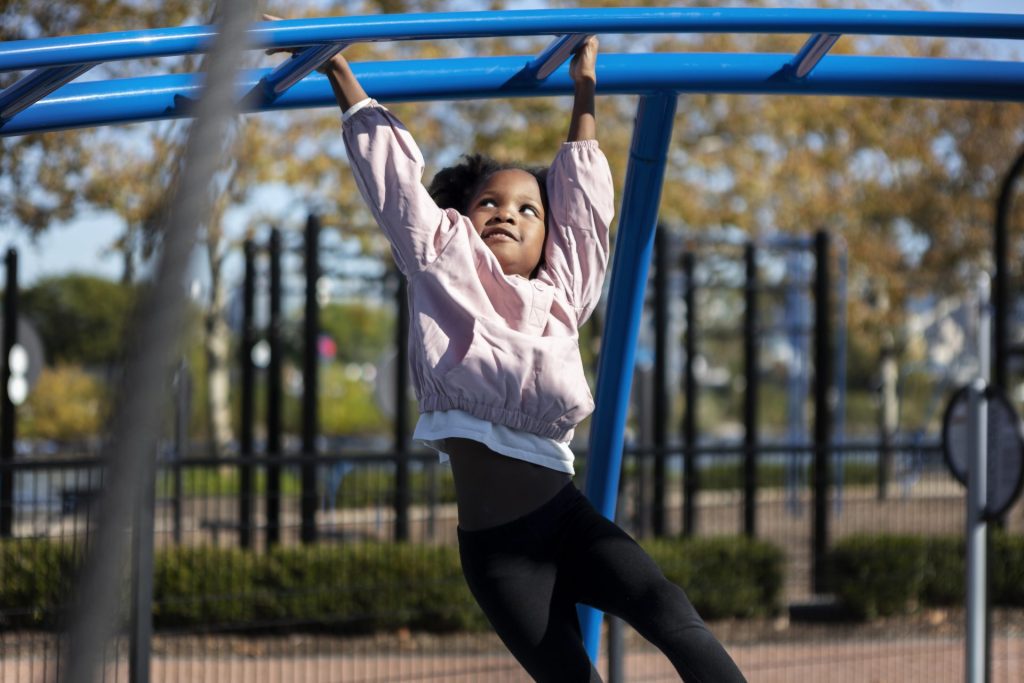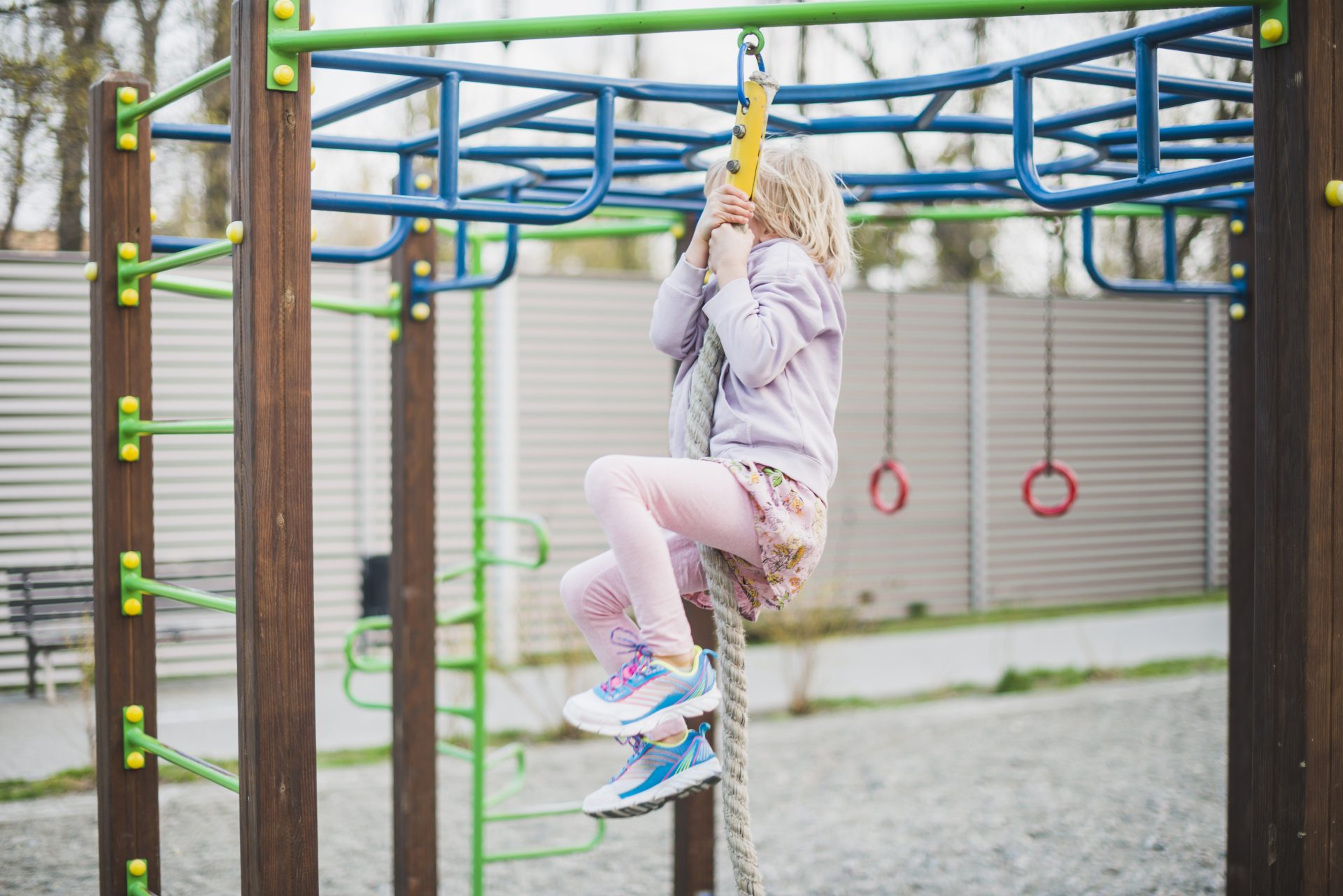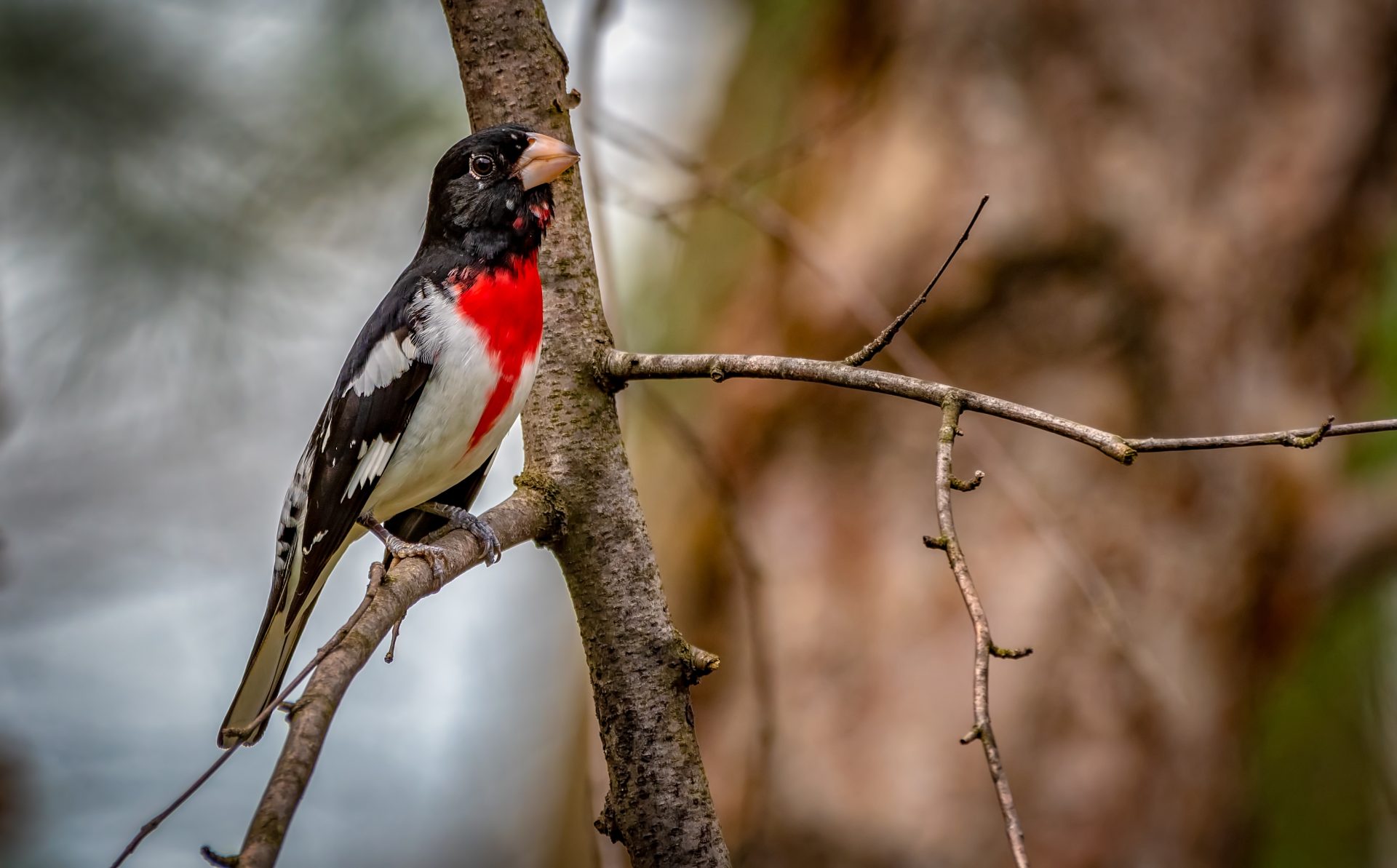For decades, monkey bars have represented childhood adventure and physical growth. Whether you’re remembering time spent at the local park or exploring modern fitness routines, the Monkey Bars are more than just a playground fixture—it’s a valuable tool for enhancing strength, agility, and coordination across all age groups.
In this comprehensive guide, we’ll dive into the history of the Monkey Bars, its benefits for children and adults, design considerations, safety tips, and even how to incorporate them into home gyms and fitness routines. From nostalgic fun to modern calisthenics, the Monkey Bars has earned its rightful place in fitness and play environments.
The Origin and Evolution of the Monkey Bars
The concept of the Monkey Bars dates back to the early 20th century when playground equipment was primarily designed to develop children’s physical abilities. Inspired by the movement of monkeys swinging from tree limbs, inventors introduced horizontal ladder-style structures that allowed children to hang and swing across a series of rungs.
Early versions of the Monkey Bars were made from metal or wood and quickly gained popularity in parks and schools. Over time, innovations in material and design allowed manufacturers to create safer, more durable versions of the equipment that we still use today.
Today, you’ll find Monkey Bars in schools, playgrounds, gyms, obstacle courses, and even backyards. They’ve transcended generations and become a universal symbol of movement, growth, and strength.
Why the Monkey Bars Is More Than Just a Toy
Many people see the Monkey Bars as a childhood plaything, but its benefits go far beyond fun. Here’s why this simple piece of equipment plays such a big role in development and fitness:
1. Physical Development
For children, the Monkey Bars helps build core muscles, upper body strength, and coordination. Hanging and swinging from one bar to another engages the shoulders, arms, chest, and abdominal muscles, helping to develop a strong foundation for other physical activities.
2. Grip Strength
Grip strength is an important predictor of general health, particularly as we age. Repeated use of the Monkey Bars increases hand and forearm strength, improving performance in sports, daily tasks, and reducing the risk of injuries.
3. Confidence and Risk Assessment
Crossing the Monkey Bars may seem daunting for first-timers. However, successfully making it from one side to the other can significantly boost confidence. Children and adults alike learn to take calculated risks and overcome challenges.
4. Cognitive Skills
It may seem purely physical, but using the Monkey Bars also requires problem-solving, timing, and spatial awareness. Deciding which hand to move next and how to swing efficiently exercises the brain alongside the body.
Types of Monkey Bars
The modern Monkey Bars has diversified far beyond the simple horizontal ladder. Here are the most common types used today:
1. Traditional Horizontal Monkey Bars
These are the most familiar and consist of a series of parallel bars suspended above the ground.
2. Curved Monkey Bars
Designed in a U-shape or wave pattern, curved monkey bars challenge the user’s coordination and timing while offering a fun twist on the traditional style.
3. Vertical and Multi-Level Monkey Bars
These involve multiple levels and directions, often seen in obstacle courses or advanced gym setups. They are ideal for older children and fitness enthusiasts.
4. Rotating Monkey Bars
More complex designs include rotating rungs or unstable grips that increase the challenge and work more muscles.
5. Fitness-Oriented Monkey Bars
Common in calisthenics parks and obstacle course races, these Monkey Bars are built for strength training and are often integrated into full-body workout stations.
Installing a Monkey Bar at Home
With the rise in home fitness and backyard play equipment, many families are opting to install their own Monkey Bar. Here are some factors to consider:
1. Space Requirements
Ensure you have adequate space, both horizontally and vertically, to allow free movement. An area of at least 6-8 feet in height and 10-12 feet in width is ideal for most standard monkey bar setups.
2. Materials
Powder-coated steel is a popular option for durability and weather resistance. Wooden bars offer a natural aesthetic but may require more maintenance.
3. Surface and Safety
Install soft, impact-absorbing material under the Monkey Bar such as rubber mulch, foam mats, or sand to minimize injury risks from falls.
4. Assembly
Kits are available for DIY installation, but it’s crucial to follow the manufacturer’s instructions carefully. Proper ground anchoring assures the structure’s long-term safety and stability.

Monkey Bar Workouts: Full-Body Fitness with Minimal Equipment
The Monkey Bar isn’t just for kids—it’s become a staple in adult fitness routines, particularly in calisthenics, CrossFit, and functional training. Here’s how it can benefit your workouts:
1. Pull-Ups and Chin-Ups
Use the bars to perform standard pull-ups and chin-ups, which target your biceps, back, and core muscles.
2. Swing Traversals
Swing from one bar to the next to work your shoulders, grip, and timing. It’s a fantastic cardio-meets-strength exercise.
3. Hanging Leg Raises
Hang from the Monkey Bar and lift your legs straight out or up to your chest to target abdominal muscles and build core strength.
4. Muscle-Ups
Muscle-ups are an advanced move that combines a pull-up with a dip in one smooth motion. They engage your entire upper body.
5. Dead Hangs
Simply hang from the bar as long as possible to develop endurance and grip strength.
These exercises not only improve strength but also flexibility, stability, and coordination—making the Monkey Bar one of the most efficient tools in bodyweight fitness.
Monkey Bar Safety Tips
Although the Monkey Bar is beneficial, safety must be a top priority—especially for children.
1. Supervision
Young children should always be supervised while using the Monkey Bar to prevent accidents and ensure correct usage.
2. Proper Grip
Teach users to maintain a firm grip and avoid overreaching, which can lead to falls.
3. Avoid Overcrowding
Limit the number of children using the Monkey Bar simultaneously to prevent collisions or accidental pushes.
4. Weather Conditions
Wet or icy bars can become slippery. Always inspect the bars before use, especially in outdoor settings.
5. Use Age-Appropriate Designs
Choose Monkey Bars suitable for the user’s size and skill level. Toddler-sized bars differ significantly in height and spacing compared to those designed for older children or adults.
Monkey Bar in Modern Obstacle Courses and Competitions
Shows like American Ninja Warrior and events like Tough Mudder have popularized the Monkey Bar as a serious fitness challenge. These setups often include added difficulty such as spinning bars, varied spacing, and angled rungs.
In these environments, success on the Monkey Bar requires a mix of power, endurance, and mental focus. For athletes, mastering the Monkey Bar is often the key to completing a course or setting a new personal record.
The Role of Monkey Bars in Schools and Parks
Playgrounds remain essential for early childhood development, and the Monkey Bar remains a key component. Many schools and public parks incorporate them to encourage:
- Daily physical activity
- Social interaction
- Risk assessment and self-confidence
- Motor skill development
Educators and park designers often use inclusive Monkey Bar models with adjustable heights or accessible platforms, ensuring all children—regardless of ability—can participate.

Monkey Bar Maintenance and Longevity
To ensure safety and durability, proper maintenance is necessary. Here’s how to care for a Monkey Bar:
1. Regular Inspections
Check for rust, loose bolts, cracks, or worn grip areas every few weeks—especially in public or high-traffic areas.
2. Cleaning
Keep the bars clean of debris, bird droppings, and sap. Use a gentle soap and water solution and avoid corrosive chemicals.
3. Repainting or Coating
For metal bars, a new coat of weather-resistant paint or powder coating can extend their life and improve grip.
4. Replacement Parts
Keep manufacturer information handy for easy replacement of worn or damaged components.
Psychological and Social Benefits of the Monkey Bar
Beyond the physical, using a Monkey Bar fosters mental and emotional growth:
- Overcoming Fear: The initial intimidation of hanging high above the ground teaches bravery and resilience.
- Social Bonding: Children often race across or play games on the Monkey Bar, encouraging communication and teamwork.
- Focus and Discipline: Especially in workout routines, mastering movements on the bar requires concentration and persistence.
Whether in a park or a gym, the Monkey Bar provides a unique space for development across all dimensions of wellness.
Future of the Monkey Bar: Smart Designs and Inclusive Play
Modern design trends are making Monkey Bars more inclusive, sustainable, and intelligent. Some of the innovations include:
- Smart Monkey Bars that track grip strength, time, and reps using sensors and Bluetooth apps.
- Eco-Friendly Designs using recycled plastic or sustainable metal.
- Inclusive Designs with transfer platforms, sensory-friendly materials, and wider grips.
Conclusion
The Monkey Bar is more than a childhood memory—it’s a dynamic, multifunctional tool that offers fun, fitness, and development for all ages. Whether you’re installing one in your backyard, incorporating it into a workout routine, or designing a playground, the Monkey Bar stands out as an essential structure with lasting value. Its versatility, health benefits, and low cost make it a staple for physical education, home fitness, and recreation. Embracing the Monkey Bar in your daily routine could be the first step toward a stronger, more agile, and more confident you.
These information are gathered from different surveys, medical tests and tech giants like google, Wikipedia and more. Our top priority is to provide you valuable information.
For More Details About Different Pet Names Click Here




